Characteristic Variables of a Radial Fan
Categories: Engineering Lab EquipmentFans are key components of ventilation systems, providing ventilation, cooling, drying or pneumatic transport. For optimum design of such systems, it is important to know the characteristic variables...
Product
Description
Fans are key components of ventilation systems, providing ventilation, cooling, drying or pneumatic transport. For optimum design of such systems, it is important to know the characteristic variables of a fan.
It investigates a radial fan. This trainer determines the interdependencies between the head and flow rate as well as the influence of the fan speed on the head and flow rate.
The radial fan aspirates the air in axially from the surrounding environment. The high-speed rotating rotor accelerates the air outwards. The high velocity at the outlet from the rotor is partially converted into pressure energy in the spiral housing. The vertical pipe section is connected to the spiral housing. A Venturi nozzle to measure the flow rate and a throttle valve to adjust the flow rate are inserted into the pipe section. An iris diaphragm can optionally be used. Its variable cross-section enables simultaneous adjustment and determination of the flow rate. The effective pressures to calculate the flow rate are read from liquid column manometers. The head of the radial fan is likewise measured by liquid column manometers. U-tube manometer, single tube manometer and inclined tube manometer with graduated measuring ranges are available.
Learning Objectives/Experiments
Setup and principle of a radial fan
Plotting fan and system characteristics
Flow rate measurement methods based on the differential pressure method using:
Iris diaphragm
Venturi nozzle
Comparison of both measurement methods
Familiarisation with various differential pressure gauges
Determining efficiency
Specification
Radial fan as turbomachine
Iris diaphragm or Venturi nozzle to determine flow rate via the differential pressure
Speed adjustment by frequency converter
U-tube manometer, single tube manometer and inclined tube manometer measure the differential pressure
Air flow rate in pipe section adjustable by throttle valve or iris diaphragm
Speed, torque and electric power capacity digitally displayed
Technical data
Radial fan
max. power consumption: 370W
max. pressure difference: 860Pa
max. volumetric flow rate: 4m3/min
nominal speed: 3000min-1
speed range: 1000…3000min-1
Iris diaphragm adjustable in 6 stages
diameter: 40…70mm
k=1,8….7,8
Venturi nozzle
air inlet diameter: 100mm
pipe neck diameter: 80mm
k=7,32
Measuring ranges
differential pressure:
30…0…30mbar (U-tube manometer)
0…15mbar (single tube manometer)
0…50Pa (inclined tube manometer)
230V, 50Hz, 1 phase
230V, 60Hz, 1 phase; 230V, 60Hz, 3 phases
quick overview :
Fans are key components of ventilation systems, providing ventilation, cooling, drying or pneumatic transport. For optimum design of such systems, it is important to know the characteristic variables of a fan.
It investigates a radial fan. This trainer determines the interdependencies between the head and flow rate as well as the influence of the fan speed on the head and flow rate.
The radial fan aspirates the air in axially from the surrounding environment. The high-speed rotating rotor accelerates the air outwards. The high velocity at the outlet from the rotor is partially converted into pressure energy in the spiral housing. The vertical pipe section is connected to the spiral housing. A Venturi nozzle to measure the flow rate and a throttle valve to adjust the flow rate are inserted into the pipe section. An iris diaphragm can optionally be used. Its variable cross-section enables simultaneous adjustment and determination of the flow rate. The effective pressures to calculate the flow rate are read from liquid column manometers. The head of the radial fan is likewise measured by liquid column manometers. U-tube manometer, single tube manometer and inclined tube manometer with graduated measuring ranges are available.
Learning Objectives/Experiments
Setup and principle of a radial fan
Plotting fan and system characteristics
Flow rate measurement methods based on the differential pressure method using:
Iris diaphragm
Venturi nozzle
Comparison of both measurement methods
Familiarisation with various differential pressure gauges
Determining efficiency
Specification
Radial fan as turbomachine
Iris diaphragm or Venturi nozzle to determine flow rate via the differential pressure
Speed adjustment by frequency converter
U-tube manometer, single tube manometer and inclined tube manometer measure the differential pressure
Air flow rate in pipe section adjustable by throttle valve or iris diaphragm
Speed, torque and electric power capacity digitally displayed
Technical data
Radial fan
max. power consumption: 370W
max. pressure difference: 860Pa
max. volumetric flow rate: 4m3/min
nominal speed: 3000min-1
speed range: 1000…3000min-1
Iris diaphragm adjustable in 6 stages
diameter: 40…70mm
k=1,8….7,8
Venturi nozzle
air inlet diameter: 100mm
pipe neck diameter: 80mm
k=7,32
Measuring ranges
differential pressure:
30…0…30mbar (U-tube manometer)
0…15mbar (single tube manometer)
0…50Pa (inclined tube manometer)
230V, 50Hz, 1 phase
230V, 60Hz, 1 phase; 230V, 60Hz, 3 phases
Product
Reviews
add Review
reviews
No Review Yet.
Copyrights © 2025 All Rights Reserved by Atico

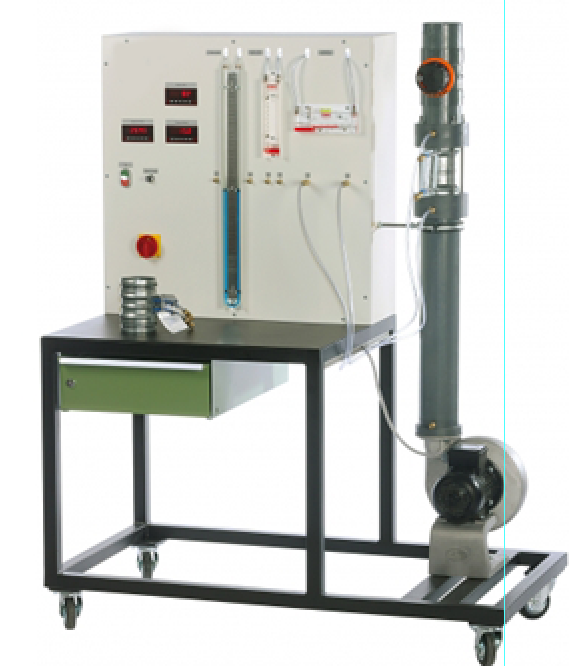




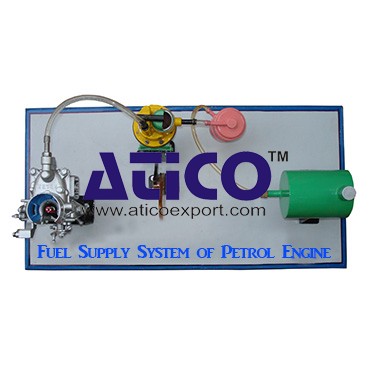

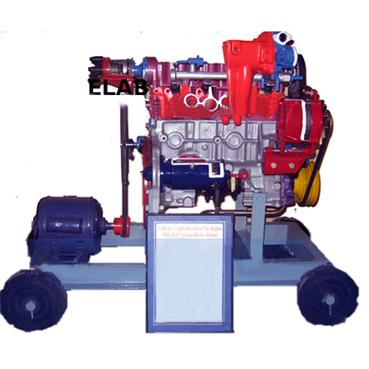
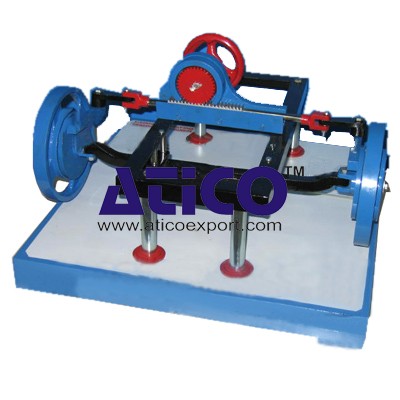



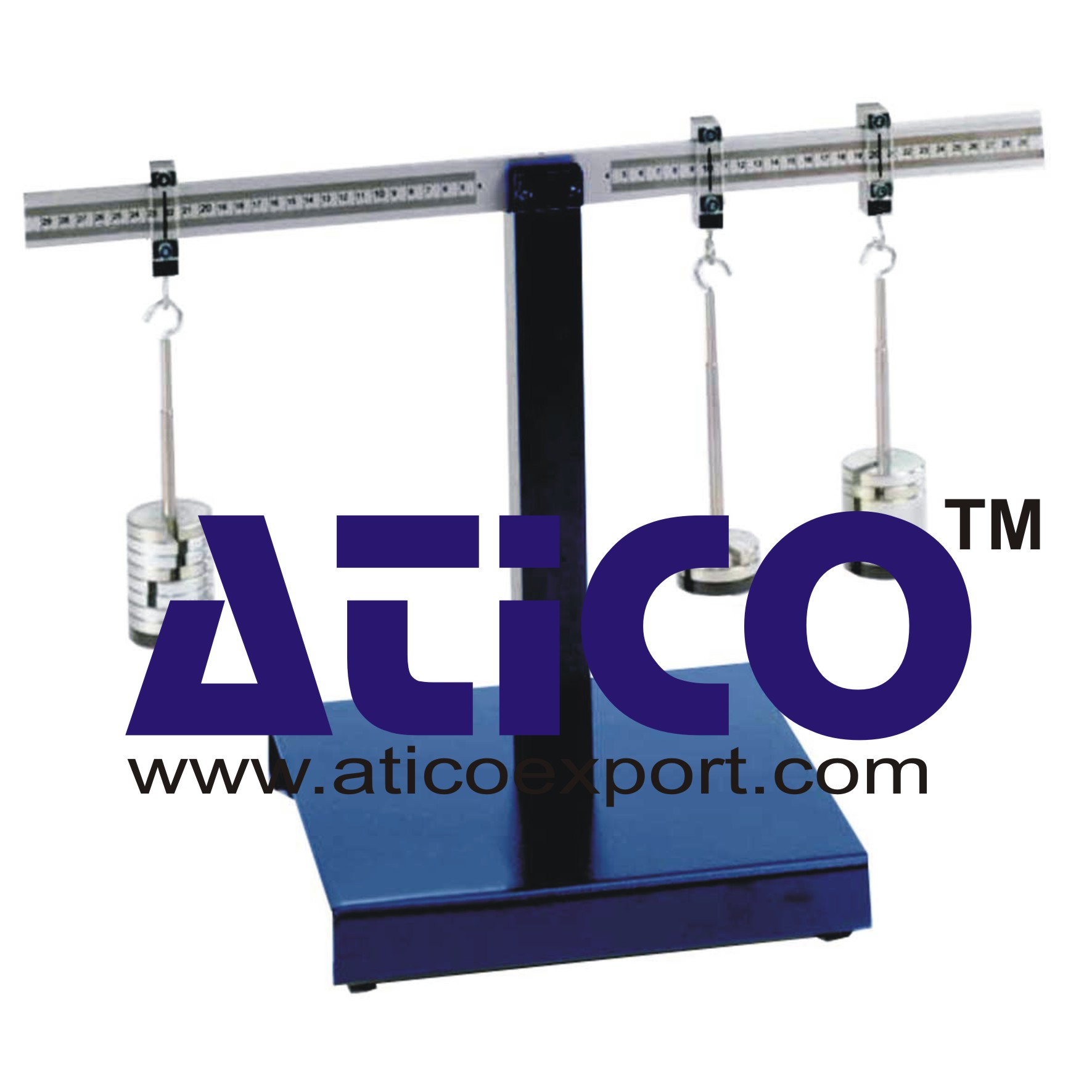
Product
Reviews
add Review
reviews
No Review Yet.